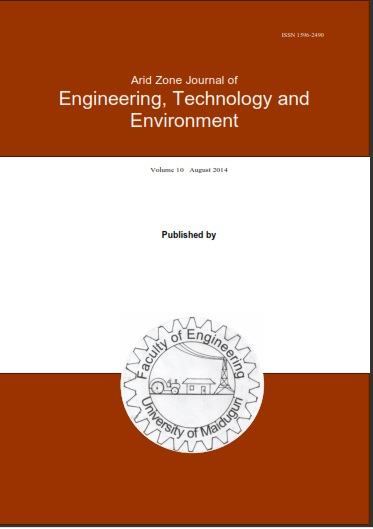Abstract
Agricultural vehicle traffic is one of the principal factors responsible for the compaction of surface and subsurface horizons of soil under field conditions. To control this, a field experiment was conducted to examine the response of tractor wheel passes and mulching on the growth and yield of cowpeas. A tillage model can simulate the effect of different components that contribute to the formation of yields and can facilitate the design of alternative agricultural systems.
High bulk density was obtained using the core sampler method within the ploughed layer and the active portion of the crop root zone (10-30 cm), while there were increasing trends in bulk density from planting to crop maturity. A model to predict the crop yield as a function of the degree of compaction and extent of mulching was developed. The model summary was significant at a 5 % probability level (p < 0.005). Moreover, interactions between compaction and mulching on cowpea yield showed that the least (0.21 tha-1) and highest (0.51 tha-1) cowpea grain yield occurred at the point when treatment was 4 tractor passes and no mulch and 0 passes with 60 kg mulch, respectively. Mulch with no compaction performed better in growth and yields as well as yield-related parameters compared to compaction only without mulch. This gives the best soil management practice that will result in good growth and maximum productivity of cowpeas.

This work is licensed under a Creative Commons Attribution-NonCommercial-NoDerivatives 4.0 International License.
Copyright (c) 2024 Arid Zone Journal of Engineering, Technology and Environment

